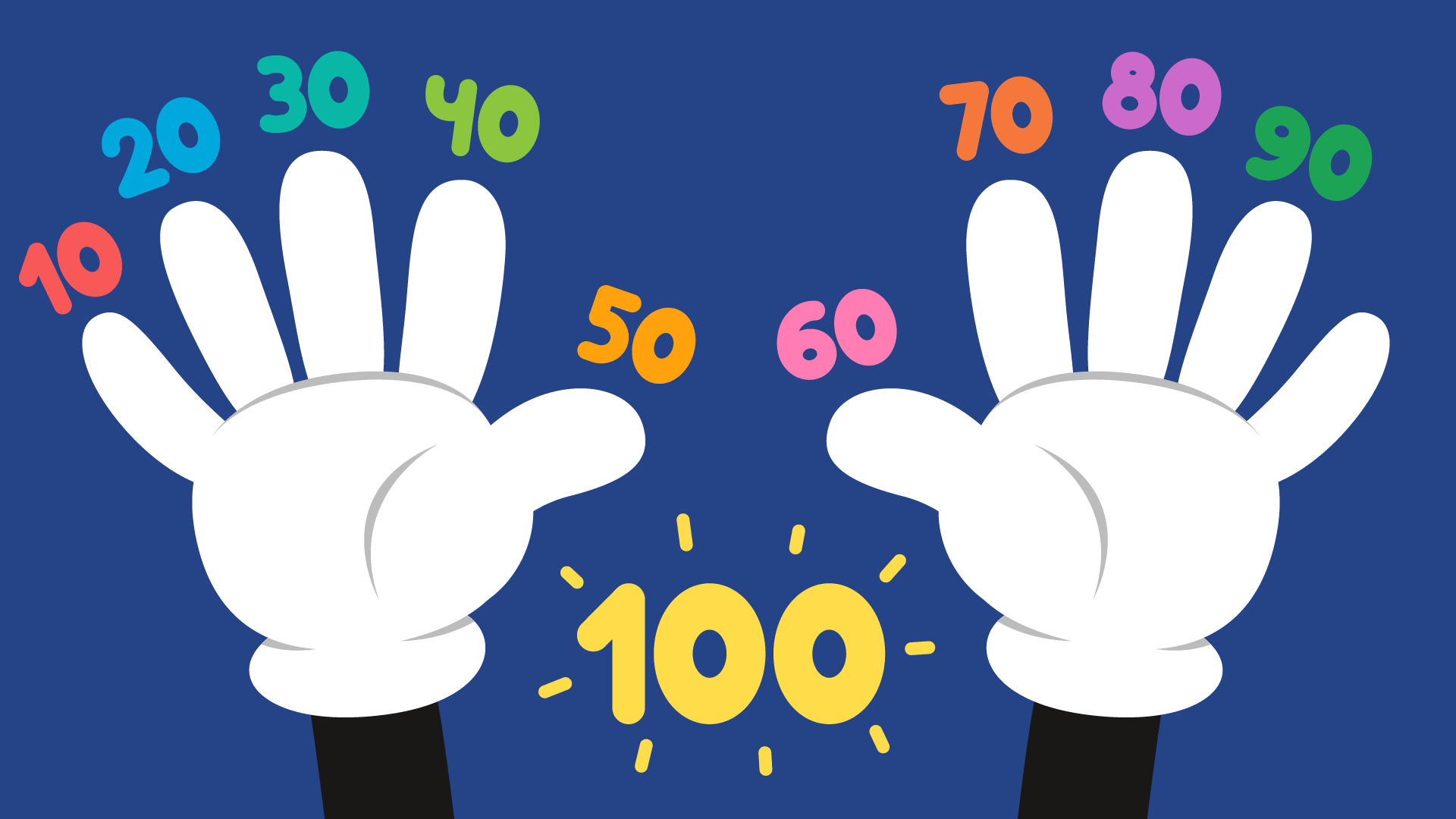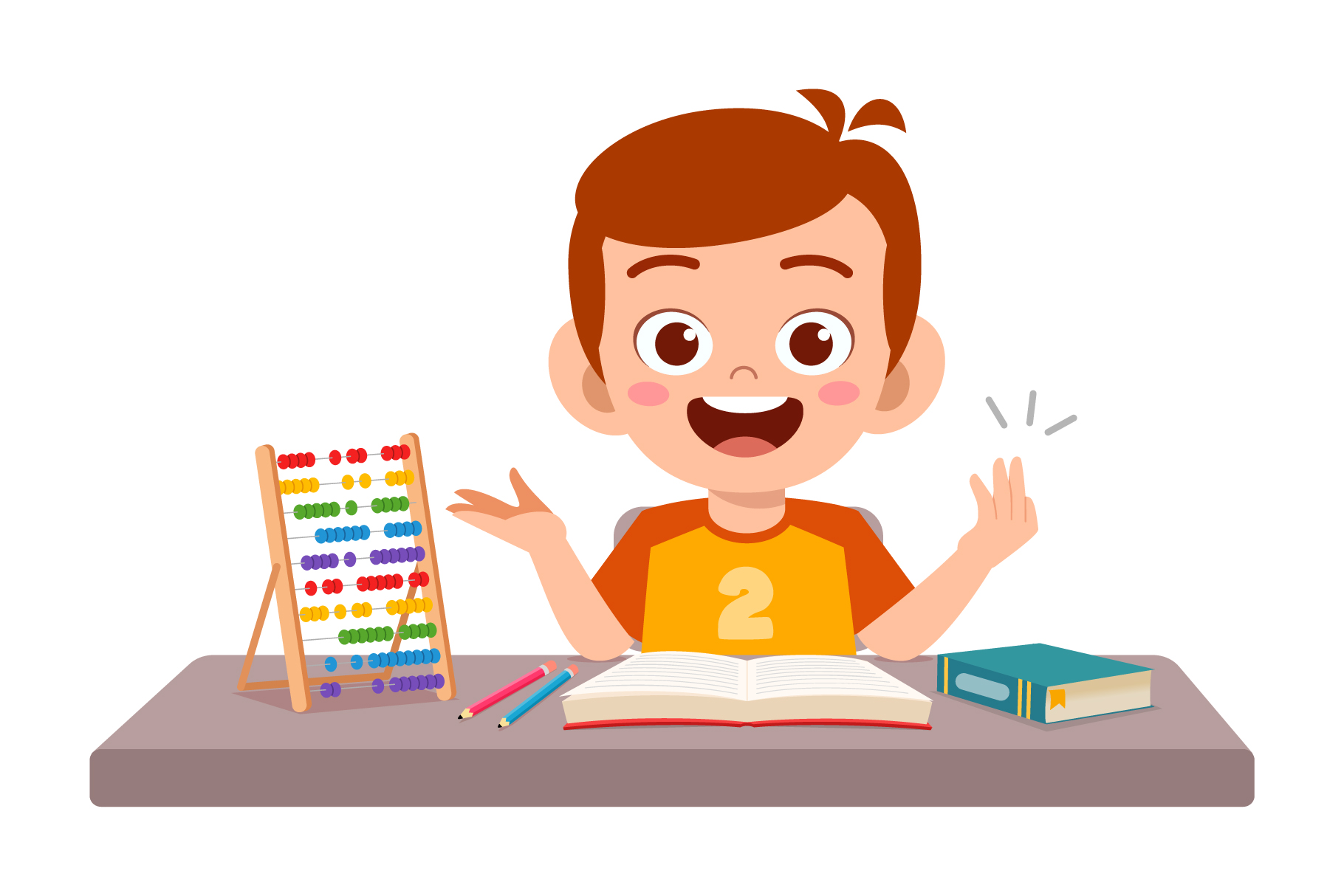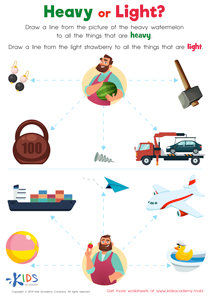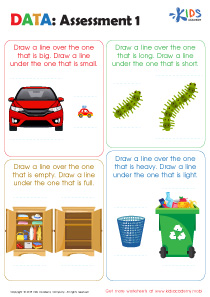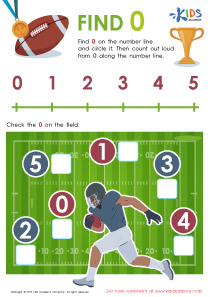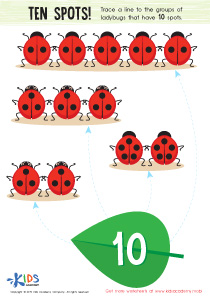Understanding symmetry Normal Math Worksheets for Ages 5-8
3 filtered results
-
From - To
Unlock your child’s mathematical potential with our “Understanding Symmetry” normal math worksheets designed for ages 5-8. These engaging printables help young learners grasp the foundation of symmetry through fun, interactive activities. Across a variety of tasks, kids will identify symmetrical shapes, complete symmetrical patterns, and understand reflective symmetry. Our carefully crafted worksheets spark curiosity and enhance logical thinking while aligning with early learning standards. Perfect for classroom and at-home practice, these resources make learning symmetry an enjoyable adventure. Incorporate our worksheets into your routine and watch your child’s confidence in math flourish!
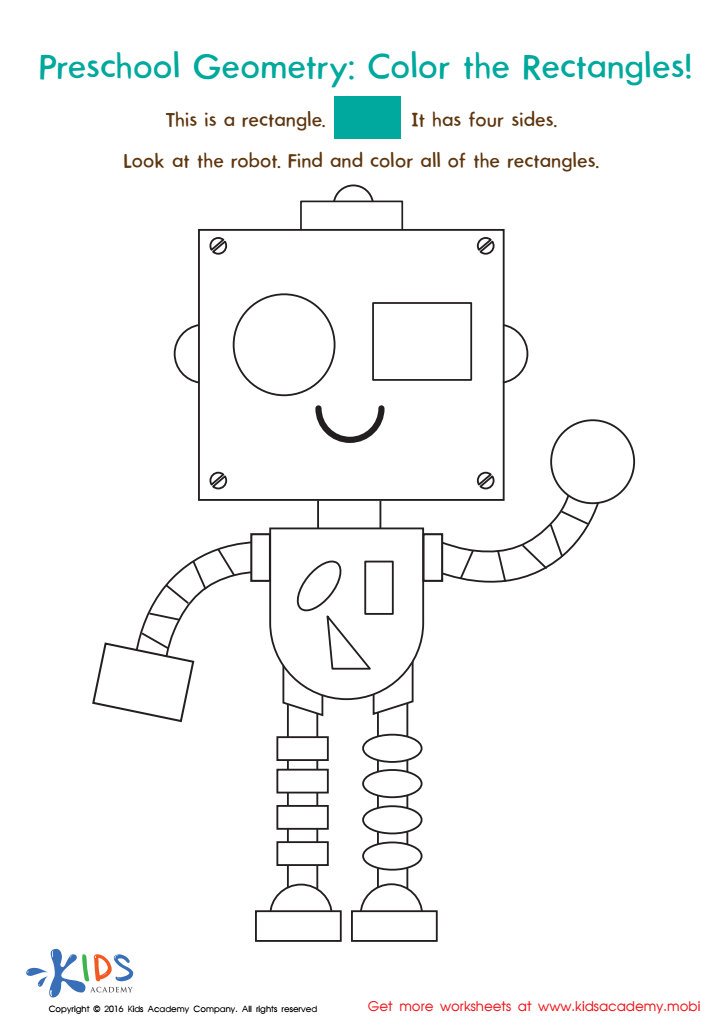

Geometry Worksheet
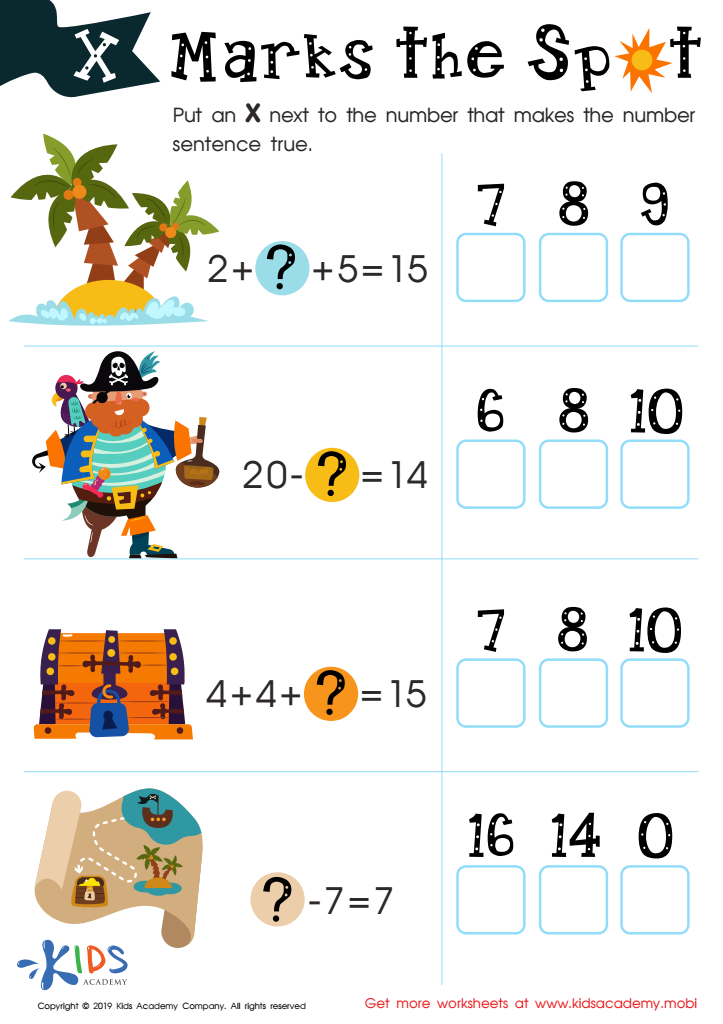

X Marks the Spot Worksheet
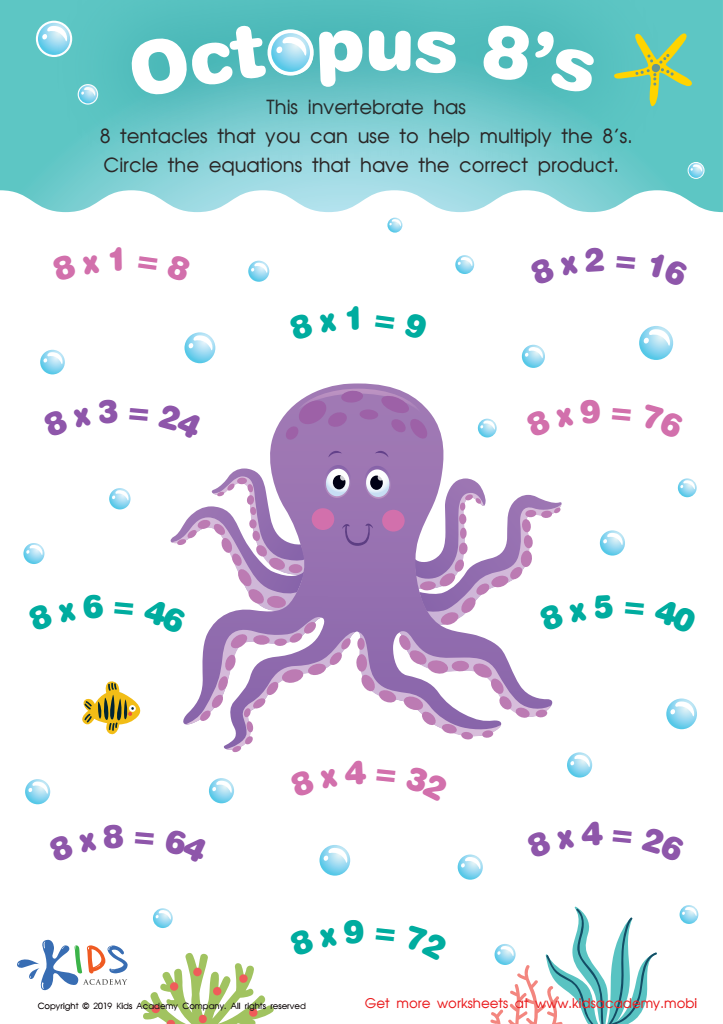

Octopus 8’s Worksheet
Understanding symmetry in early math education, especially for children ages 5-8, is essential for several reasons. Symmetry lays the foundation for geometry, a fundamental aspect of mathematics. When young learners explore symmetrical shapes, patterns, and designs, they gain an intuitive sense of balance, proportion, and spatial relationships.
Parents and teachers should care about teaching symmetry because it not only enhances mathematical skills but also encourages critical thinking. Encountering symmetrical objects in daily life – from buildings to butterflies – children naturally begin to recognize and predict symmetrical properties, fostering analytical and problem-solving abilities.
Furthermore, symmetry integrates with creativity and art. Engaging with symmetry through drawing, pattern-making, or building with blocks helps children develop fine motor skills and a deeper appreciation for aesthetics. Experiences in creating or discovering symmetry simultaneously blend logical reasoning with creativity, providing a well-rounded cognitive development.
Importantly, understanding symmetry supports learning other math concepts such as measurement, fractions, and even introduces early algebraic thinking. For instance, recognizing that changing one half of a symmetrical shape alters the whole object can parallel the concept of equality seen in algebraic expressions.
Investing time in teaching symmetry equips children with a versatile skill set that transcends mathematics, benefiting their overall academic growth and fostering lifelong learning attitudes.
 Assign to My Students
Assign to My Students




